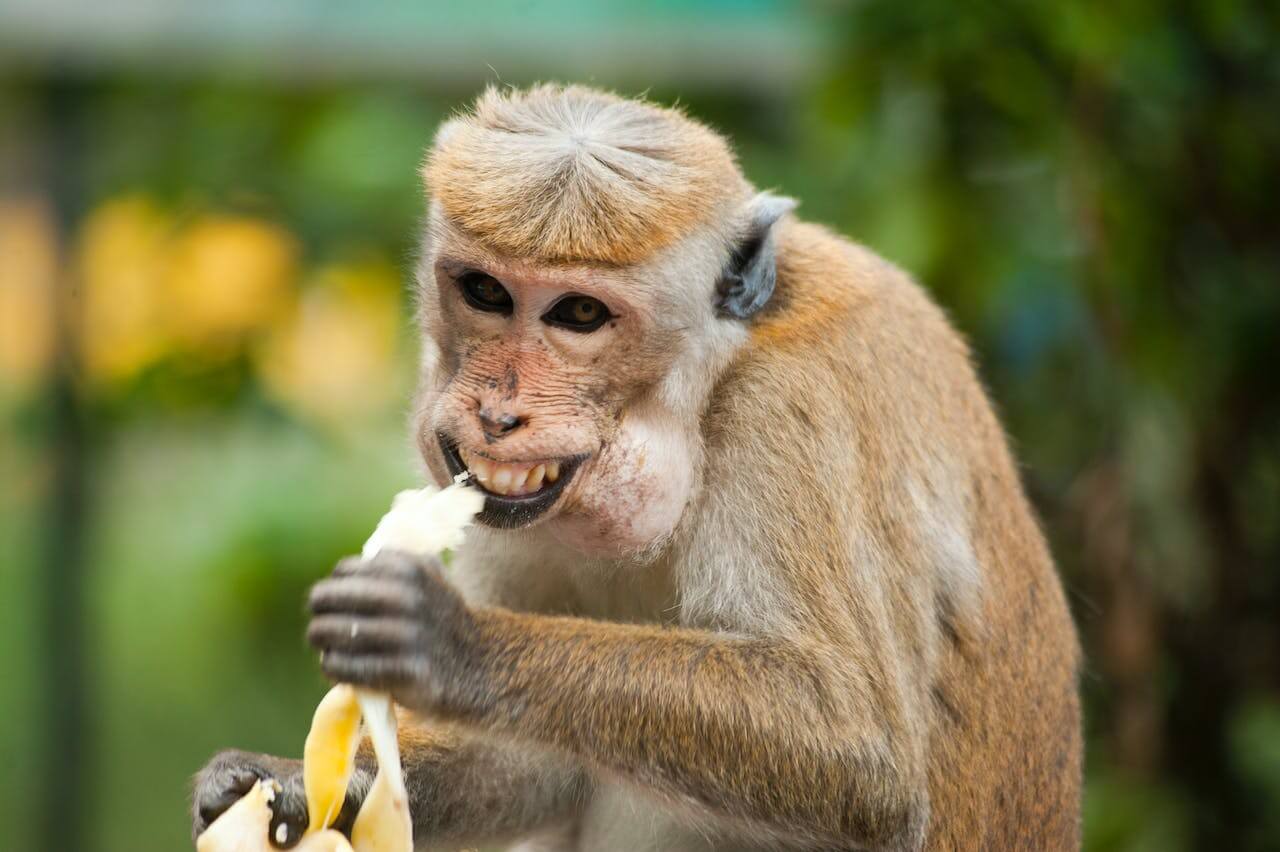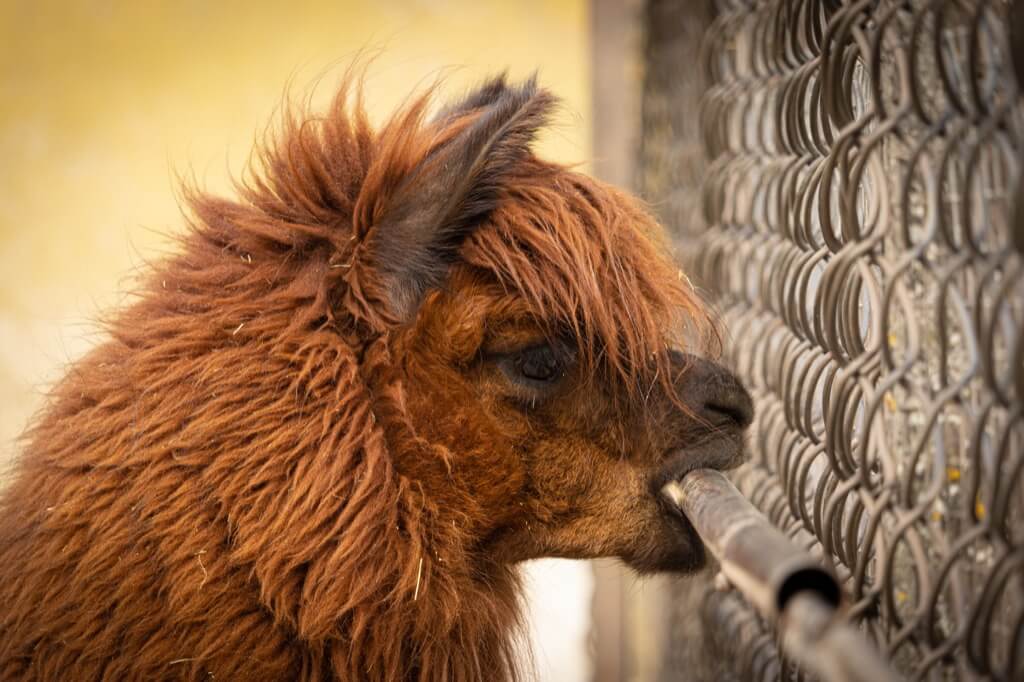It’s a tale as old as time, or at least as old as modern entomology. The bumblebee, with its tiny wings and plump body, has been the subject of a long-standing myth: that it defies the laws of physics every time it takes flight. However, reality is far less mystical. Bumblebees do not tear apart the fabric of physics with each buzz into the sky. If that were true, the world of physics would be in a constant state of upheaval, and Nobel Prizes would be awarded like candy at a parade for unraveling this enigma.
Tracing back the roots of this myth leads to an entertaining anecdote involving an engineer, a biologist, and presumably, a spirited debate over dinner. The engineer, after some quick calculations, concluded that bumblebees shouldn’t be able to fly. While this makes for a great story, it’s more folklore than fact. Even in the world of animation, this misconception has been perpetuated, as seen in the opening scenes of DreamWorks’ “Bee Movie,” which humorously yet erroneously presents the myth to its audience.
The earliest documented reference to this idea is found in a French book from 1934, “Le vol des insectes” by Antoine Magnan. Here, Magnan mentions that basic calculations by his assistant André Sainte-Laguë suggest insects, not just bumblebees, should defy the laws of flight. Over the years, figures like German physicist Ludwig Prandtl and Swiss gas dynamicist Jacob Ackeret have been roped into this tale, each adding their twist to the narrative.
Scientists and entomologists have since debunked these early calculations. The primary oversight in these calculations was assuming that bumblebees fly like airplanes, which they decidedly do not. Bumblebee wings are not rigid; they flap in a way that creates mini air vortices, lifting them effortlessly into the air. This complex flight pattern involves creating low-pressure pockets and small eddies, a far cry from the simplistic wing aerodynamics of planes.
In the quest to understand bumblebee flight, scientists have employed some rather ingenious methods. A notable experiment in 2001 by Chinese scientist Lijang Zeng involved attaching tiny mirrors and lasers to bees. This method allowed for an unobstructed study of their flight mechanics, free from the constraints of tethering used in previous studies. This experiment not only shed light on the intricacies of bee flight but also sounded like something straight out of a sci-fi movie.
The efficiency and minimal drag of bumblebee flight haven’t just fascinated biologists; they’ve caught the eye of military researchers as well. Efforts to replicate this method of flight in tiny insect-like robots show the potential real-world applications of these studies. The goal is to harness the aerodynamic secrets of bumblebees for advanced technology.
Today, scientists continue to work tirelessly to correct this long-standing myth. While a simple glance out of a window could demonstrate the fallacy of the claim, the persistence of this myth in public consciousness necessitates a more scientific approach. These efforts highlight the blend of gullibility and fascination that often accompanies our understanding of the natural world.
As a myth-buster by trade, the story of the bumblebee’s flight is not just a curious anecdote but a testament to the resilience of folklore and the importance of scientific inquiry. In dispelling myths like these, we not only deepen our understanding of nature but also appreciate the complexity and beauty of the world around us.
Bumblebee Misconceptions
- Many believe bumblebees flap their wings similarly to birds, in an up-and-down motion. Bumblebees flap their wings back and forth, not up and down. Their wing movement is more akin to a ‘figure-8’ motion, which is more efficient for their body structure and flight mechanics.
- It’s commonly thought that bumblebees cannot fly in the rain. While it’s more challenging, bumblebees can fly in light rain. Their hairy bodies help them resist getting soaked, but heavy rain can indeed hinder their flight.
- There’s a general assumption that, like honeybees, all bumblebees produce honey. Bumblebees do produce a honey-like substance, but it’s not in quantities significant enough for human use. Their focus is more on feeding their young than storing large amounts of honey.
- The belief that bumblebees can sting repeatedly, similar to wasps. Bumblebees can sting, but typically, they can only sting once as their stinger is barbed and often gets stuck in the skin of their target.
- Some think bumblebees are solitary insects. Most bumblebee species are social insects, living in colonies with a queen and workers, much like honeybees.
- There’s a notion that bumblebees are not very adept at flying and are seen as slow and clumsy. Bumblebees are quite agile in flight, and capable of maneuvering with precision, especially when navigating to and from flowers.
- It’s believed that larger bumblebees struggle more with flight than their smaller counterparts. Larger bumblebees are fully capable flyers. Their wing size and muscle power are proportionate to their body size, allowing efficient flight.
- Some assume bumblebees cannot fly at high altitudes due to thinner air. Certain bumblebee species are found in mountainous regions and are adapted to fly in thin air at high altitudes.
- A common myth is that bumblebees’ wings are too small to support their body weight in flight. Despite their small wings relative to their body size, bumblebees are perfectly adapted for flight. Their wing structure and rapid wing-beat frequency compensate for their body size.
- Many believe bumblebees are incapable of flying in low-light conditions. While they prefer daylight, bumblebees can navigate in dim light conditions, especially during dawn and dusk.
Bumblebee Sensory Systems and Flight Navigation
Debate surrounds the sophisticated sensory systems of bumblebees and their role in flight navigation. Bumblebees possess an exceptional sense of smell and vision, aiding in locating flowers from a distance. However, the extent to which these senses contribute to their precise navigational abilities, especially in complex environments, remains a topic of research and discussion. Some argue that their flight patterns are primarily instinctual, while others suggest a higher level of sensory integration and environmental awareness. Understanding these mechanisms can offer insights into the evolution of flight navigation in insects and potential applications in robotic design.
Impact of Climate Change on Bumblebee Flight Patterns
The effect of climate change on bumblebee flight patterns is a significant area of debate. Climate change affects flower blooming times and geographic distributions, potentially disrupting the foraging patterns and flight distances of bumblebees. While some studies suggest bumblebees can adapt to these changes, others raise concerns about their ability to cope with rapidly shifting environmental conditions. This debate extends to the implications for pollination services and ecosystem health, with bumblebees playing a crucial role in the pollination of many wild and agricultural plants.
Bumblebee Conservation and Pesticide Use
The debate over the impact of pesticides on bumblebee flight and overall health is ongoing. Pesticides are known to affect the nervous system of bees, potentially impairing their flight abilities and navigation. However, the extent of this impact and the balance between agricultural needs and bee conservation remains contentious. Some argue for stricter regulations and alternative pest control methods, while others point to the need for more conclusive scientific evidence to guide policy decisions. This debate is crucial for developing sustainable agricultural practices that protect pollinators like bumblebees.
Genetic Modification and Bumblebee Flight Efficiency
The potential for genetic modification to enhance bumblebee flight efficiency is a topic of emerging debate. With advances in genetic engineering, there’s a possibility to alter certain traits to improve flight endurance or efficiency, potentially aiding in pollination tasks. Ethical considerations, ecological impacts, and the practicality of such modifications are at the forefront of discussions. Critics argue that tampering with natural evolutionary processes can have unforeseen consequences, while proponents see an opportunity to bolster declining bee populations and enhance agricultural productivity.
Urbanization and Its Effects on Bumblebee Flight Behavior
Urbanization’s impact on bumblebee flight behavior and habitat navigation is a topic ripe for debate. Urban environments present unique challenges and opportunities for bumblebees, from the availability of diverse floral resources to the presence of novel obstacles and microclimates. The extent to which urban settings influence flight patterns, foraging behaviors, and colony health is an area of active research. While some studies suggest that bumblebees can thrive in urban areas, others raise concerns about habitat fragmentation and pollution. This debate is integral to urban planning and conservation strategies to support healthy bumblebee populations in cities.




